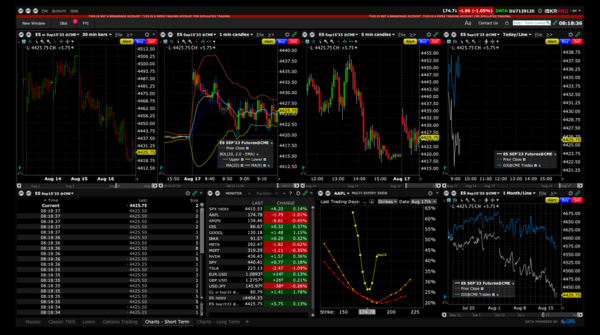Real code. No jargon. 5 minutes to read.



When I was 18 I made two decisions that changed my life: I learned how to code and traded my first stock.
For the next 10 years, I followed the conventional advice:
• Get a degree in business (double major in finance and econ)
• Get industry experience (I traded for a hedge fund and a bank)
• Get a master’s degree (I got a $90,000 master’s degree in finance)
The problem?
I didn’t have a Ph.D., I didn’t have a computer science degree, and I thought I needed both to get into quant finance.
I was overwhelmed with the amount of information available, intimidated by the caliber of talent in the market, and had no confidence in myself!
And worse of all:
Nothing I was learning was sticking because it was all theory.
Then in 2012, I got great advice that I should use Python as a tool to get the job done—I don’t have to be a programmer.
That kick-started my journey into Python.
In October 2022 I launched Getting Started With Python for Quant Finance to help others use Python to accomplish their goals faster.
I packed everything I know about using Python for algo trading, data analysis, and derivatives into the course.
And I’ve built a rich, diverse community of like-minded finance professionals, Python developers, and complete beginners all with the same goal:
Get started with Python for quant finance.